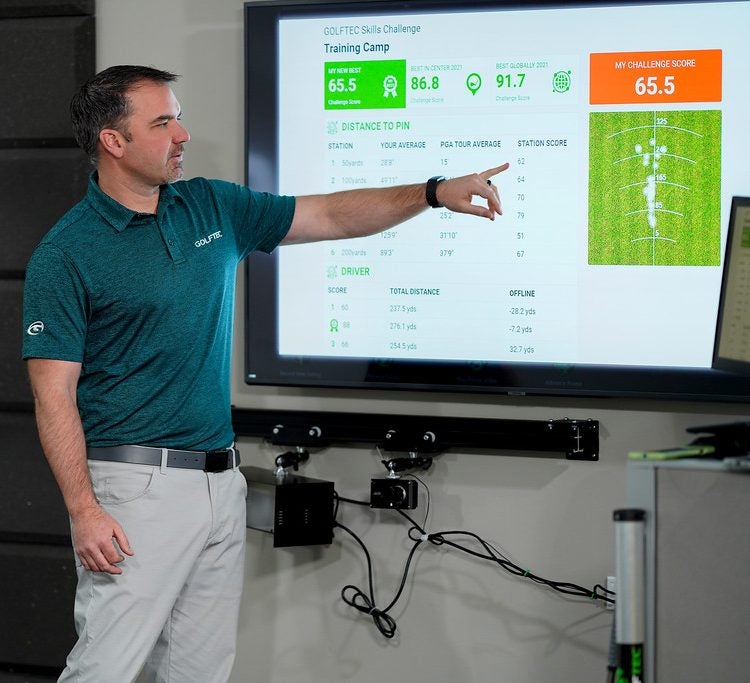This golf study reveals the most common misses for every handicap

It’s easy to tell a good player by looking at their good shots. There’s something about the sound of a purely-struck golf shot, and the way it flies through the air, that makes it hard to forget.
But while it’s the good shots that stick with you, you may be better served paying attention to where a lower-handicappers misses finish. Golf is a game of misses, after all, and the type of miss varies a lot between high and low handicappers.
Don’t believe us? Just ask our new partner, GOLFTEC. They analyzed millions of golf swings in the largest golf swing study ever conducted, and identified the biggest separators between the best recreational golfers, and the rest of us.
And if you’re looking for a better sense of what group you fall into, you can book a swing evaluation for yourself right here.
$125 Swing Evaluation or Club Fitting
Here’s what they found…
Low handicaps miss left, high handicaps miss right


First, let’s focus on the direction.
As you can see, higher-handicaps miss to the right of their intended targets about half of the time. A slice being their predominant miss-hit, this means their clubface is open at impact, often paired with a swing path that’s probably moving too far from out-to-in. There are lots of things that can cause this, but I’d probably start by suggesting you check your grip.
As your handicap gets lower, your misses tend to end-up more to the right. Why? Usually it’s because good players hit a draw, which means their miss is a slight over-draw or, in the worst cases, a hook. But even still, they’re not missing to the left as often as higher handicaps miss to their respective right, so if you’re lost in right field, that might be your first clue that you should invest in some lessons.
Low handicaps miss long, high handicaps miss short


Another thing higher-handicappers do a lot? They miss almost exclusively short. The reason for this is three-fold:
First, because their clubface is (probably) open. And because they’re likely coming over the top, too, they’re putting more side and backspin on the ball, which is a pretty common distance-robber.
Second, they’re probably not taking enough club. Remember, you should base your club distances on the distance of your average shots, not on your best shots.
And finally, because high handicaps are probably struggling to make solid contact more generally. It’s hard not to miss the ball short when you’re catching it fat or thin, which, again, is another good sign you should probably book a lesson.
Lower handicappers have all these problems, of course, but generally less so. Their contact is more consistent, and they’re more dialed-in with their yardages, which is why they actually miss long more than they miss short. But, crucially, they miss less overall.



